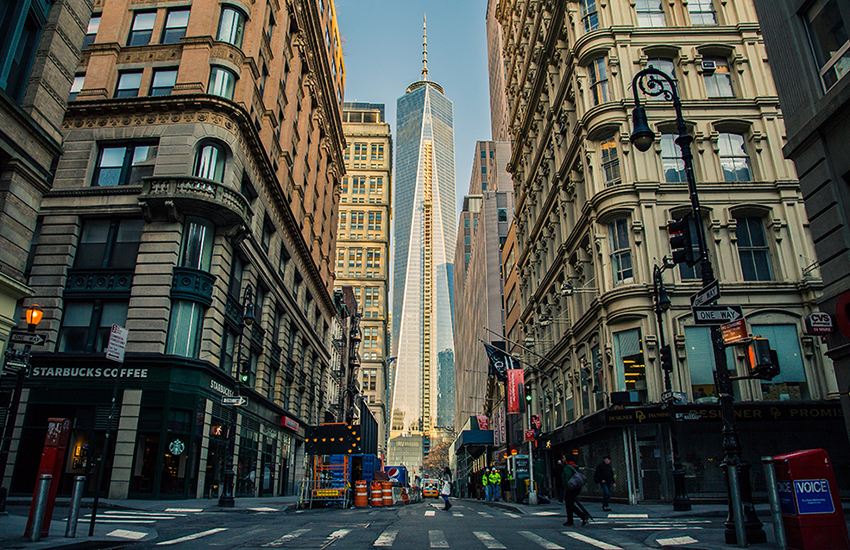2020 will go down in infamy for all the obvious reasons, but history shows it doesn’t actually rank among humanity’s worst years.
Why it matters: The past is a foreign country, and that goes doubly so the deeper we dig. Understanding just how far we’ve come from the years when life was nasty, brutal and short can help us put the pain of 2020 in perspective, and appreciate the progress we need to defend.
What’s happening: You could take your pick of statistics that underscore just how terrible 2020 was. Here’s an obvious one: the U.S. is on track to record more than 3.2 million deaths this year, the highest in the country’s history.
- That represents more than 400,000 additional deaths from the previous year, for an annual increase of about 15%.
- It wasn’t just the pandemic drug overdose deaths this year are on track to be the highest ever in the U.S.
The big picture: It’s numbers like these that prompted my former colleagues at TIME magazine to give 2020 the Adolf Hitler treatment.
Yes, but: As even the TIME piece acknowledges, the U.S. has had worse years.
- In 1918 the U.S. lost tens of thousands of people in the trenches of World War I and hundreds of thousands more in the Spanish flu pandemic.
- Deaths that year rose an astounding 46% from 1917, and life expectancy dropped by nearly 12 years, compared to a likely three-year decline in 2020.
Background: Go back further and widen your lens, and far more terrible years begin to crop up.
- Take 1816, known as the “Year Without a Summer” thanks to a massive volcanic eruption in 1815 that spread sun-blocking ash throughout the atmosphere. Average global temperatures fell and crops failed, leading to what one historian called “the last great subsistence crisis in the Western world.”
- Or 1349, perhaps the worst year of the Black Death pandemic, which would eventually kill a third or more of Europe’s population alone, equivalent to at least 247 million deaths today.
- And don’t forget 536, which the journal Science memorably called “the worst year to be alive.” A volcanic eruption in Iceland early that year cast Europe and parts of the Middle East and Asia into a literal dark age, intensifying famines and hastening the spread of bubonic plague.
Be smart: What those anni horribili have in common is that they concentrated the two conditions that have been the default state of most of humanity until fairly recently: disease and starvation.
- For all but a tiny elite, humanity until the 20th century was caught in a Malthusian trap, with any opportunity for significant population growth or material improvement constrained by limited agricultural productivity.
- In fact, it was only during terrible pandemics like the Black Death that living standards in medieval England leapt up, simply because the survivors nearly all of whom were subsistence farmers, like the vast bulk of humanity were able to take advantage of suddenly vacant but still fertile land.
- But that boost came at the cost of tens of millions of corpses, and it was only temporary. As the country repopulated, living standards and life expectancy flattened or fell.
The world only began to escape that zero-sum game with the advent of industrialization in the 19th century, which in turn was only possible because the sanitary revolution and the later development of vaccines and antibiotics enabled us to largely conquer infection.
- As the development expert Charles Kenny told me at the start of our own pandemic, once cities became much safer from disease, they could begin to truly grow, emerging as the engines of innovation and trade that have built a world that would seem like a paradise to our ancestors.
By the numbers: The global economy is projected to contract by more than 4% this year, and as many as 115 million people could fall back into extreme poverty.
The catch: As 2020 has painfully demonstrated, just because life has been getting better all the time doesn’t mean it will continue to do so.
- Industrialization enabled us to escape the Malthusian trap, but it also put us on the path to catastrophic climate change likely the biggest headwind we’ll face in the decades ahead.
- More to the point, we don’t judge our standard of living against the deep and terrible past, but from our recent memories and what we see around us, so we have every right to feel terrible about 2020.
The bottom line: 2020 could have been worse, and historically at least, we’ve seen much, much worse. That might be the best glimmer of hope in an otherwise pitch-black holiday season.

